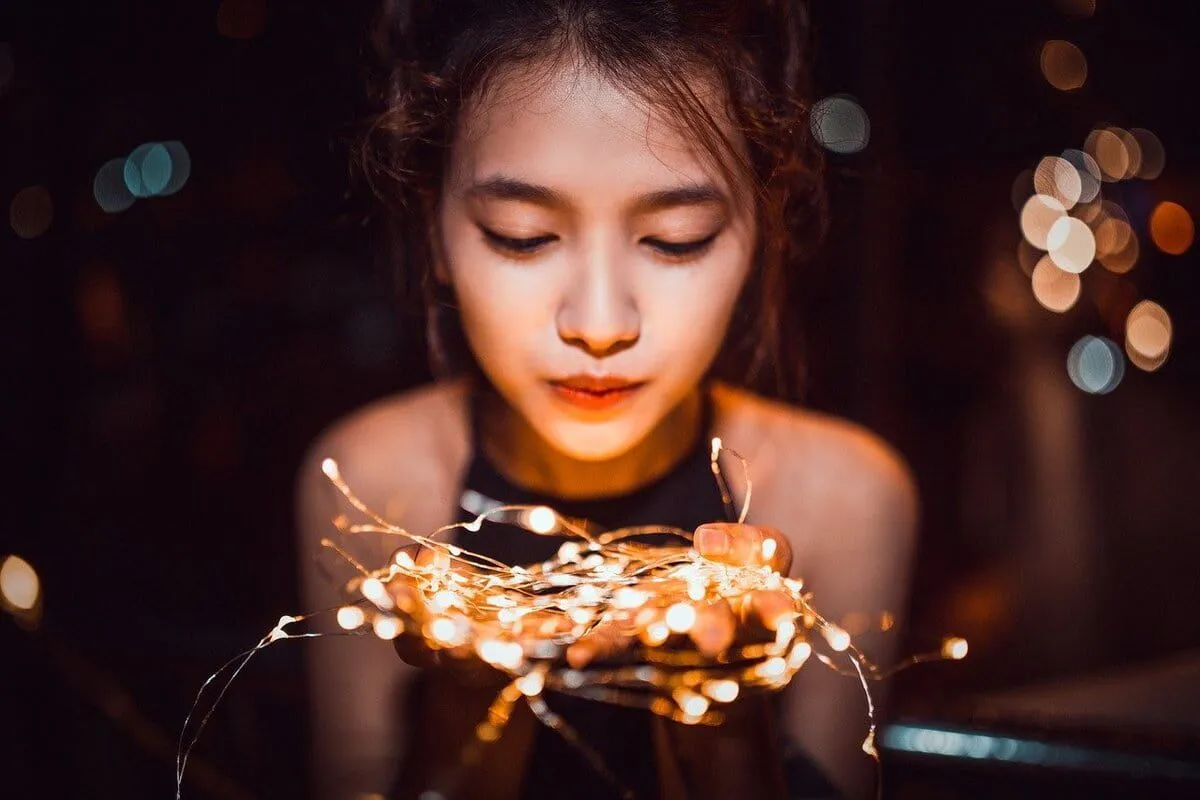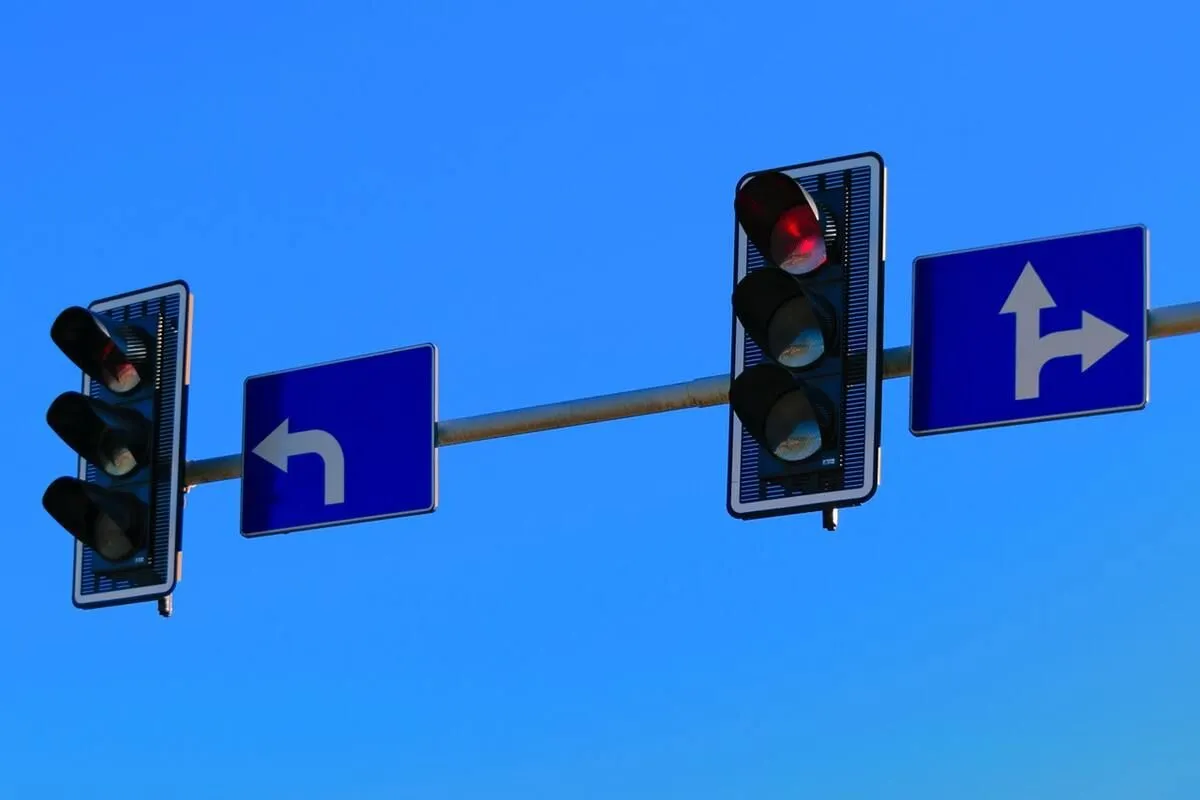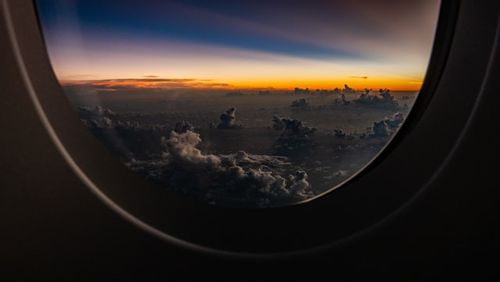FOR ALL AGES
At home, most of us switch on the lights without even thinking about it but there is actually some really interesting science behind bulbs, their invention and how they have changed throughout the years.
Bulbs use electricity to produce light and as well as ensuring we aren't all left sitting in the dark, they can also be found in a range of other places and are used for a variety of things such as showing an electrical device is switched on, in traffic lights, for heating and in vehicles. We have put together our pick of the most interesting facts about the light bulb that we could find that are guaranteed to make you gasp, say 'wow!' and leave you de-lighted!
If you want to learn about some another fascinating invention that uses science, check out our hot air balloon facts as well. We also have some really fun facts about the respiratory system if you are interested in how the human body works.
If you've ever wondered how the electric light bulb came to be, these light bulb invention facts will give you a great insight into their creation and history. They include facts about the first lightbulb and notable inventors who helped pave the way.
1. Prior to the invention of the bulb, lighting was created by candles, oil lamps or through gas lighting.
2. Inventors began working on a device that would produce light using electricity over 150 years ago. Although there are a few names that are well known in connection with the invention of the light bulb, it was actually a series of people over many years that led to the creation of the modern bulbs that we use today.
3. In 1800, an Italian inventor named Alessandro Volta created a device known as the voltaic pile which used discs of copper and zinc layered between salt water-soaked cardboard to produce an electrical current when copper wire was attached to each end. The copper wire glowed when electricity passed through it and this invention is said to have been one of the first examples of incandescent lighting.
4. Two years later, an English chemist called Humphry Davy created the world's first electric lamp by connecting voltaic piles to charcoal electrodes. His invention became known as the electric arc lamp but it was impractical as it burnt out quickly and was far too bright to use in any home or work environment.
5. In the 1840s, a British scientist called Warren de la Rue improved upon earlier incandescent bulb designs by using a platinum wire for the filament instead of copper but the price of platinum made these bulbs far too expensive.
6. Sir Joseph Swan is known by some as the inventor of the light bulb and his bulb used a carbon filament. He was responsible for providing the first incandescent bulbs to homes and buildings in the United Kingdom in the late 1800s, including to the Savoy Theatre in London.
7. American inventor Sir Thomas Edison then patented his design for an incandescent light bulb in 1879 which sought to improve on earlier versions. This patent formed the basis for modern bulbs as Thomas Edison's light bulb was the first affordable and practical solution to being able to light homes and workplaces.
Now we have uncovered facts about the first light bulb, we thought it would be interesting to find out more about incandescent light and how incandescent light bulbs work, especially since they have been a common feature in homes across the globe for well over 100 years.
8. Incandescent light bulbs come in a large variety of sizes, shapes and wattages.
9. Incandescent light bulbs usually consist of three main parts; a glass housing, a tungsten filament and a base, and the housing which contains a vacuum or an inert gas.
10. Tungsten is used for the filament in incandescent light bulbs as it has a very high melting point, allowing it to remain stable enough for the bulb to create incandescent light when electricity is run through it.
11. Only 10% of the energy from incandescent light bulbs is used to create light, the other 90% produces heat.
12. Located in California at the Livermore-Pleasanton Fire Department, the Centennial Light is an incandescent light bulb that holds the world record for the longest-last lighting bulb as it has been in use since 1901.

There are now several alternatives to the incandescent bulb including compact fluorescent lamps and LED bulbs. These interesting facts about light bulbs focus on these alternative light sources, how they differ and how they are used and include some great facts about LED light bulbs.
13. LED stands for light-emitting diode and on average, LED bulbs use less energy than incandescent bulbs, 75% less in fact, which makes them much more environmentally friendly.
14. LEDs convert nearly 100% of the energy that they use into light, making them more effective than incandescent bulbs.
15. The U.S Department of Energy has estimated that over the next 20 years as more people switch to using LED lights, they will save about $265 billion in energy costs!
16. Each compact fluorescent light (CFL) bulb contains around four grams of mercury, although none of this is released whilst they are in use.
17. If every home in America changed just one incandescent bulb for a compact fluorescent light bulb, enough energy would be saved every year to light three million homes!
18. CFL bulbs are often referred to as 'energy savers' due to the fact they use less energy than incandescent bulbs and can last up to ten years.
19. Different bulbs create different types of light. Incandescents, for instance, produce a light that is bright and crisp whereas the light from CFLs is usually much softer and warm in color.
20. The first visible LED was invented by Professor Nick Holonyak in 1962.
21. Some CFL bulbs will emit a buzz to let you know they are coming to the end of their lifespan.

If you are looking for even more fun facts about light bulbs for kids, then this section is all about light bulbs in the modern world and where they appear in our day to day lives, maybe without us even realizing! These electric light bulb facts give a great insight into how incandescent light and fluorescent light help us use other appliances and get around.
22. The average working lifespan of incandescent bulbs that are used in the home is 1000 hours. An LED light, however, can last up to 25,000 hours or more.
23. Many modern items use LED light including traffic lights, TVs, and vehicles. These lights are chosen because they are small in size, easy to maintain, durable and have the ability to direct light in one direction.
24. Whilst light-emitting diode bulbs are the most energy-efficient bulbs for using for car headlights they can be relatively expensive. Xenon bulbs actually product the brightest light for headlights, but they can cause a glare that makes it difficult for drivers coming the opposite way to see the road clearly.
25. In most homes, using light bulbs accounts for 10-15% of the electricity bill.
26. 600 million light bulbs are disposed of each year in the USA.
27. The amount of light given out by an LED light bulb is measured in lumens.
28. You may find fewer bugs in your home if you switch from an incandescent light bulb to an LED as they produce less heat and less UV light, both of which attract bugs.
29. In 2004, LED wallpaper was invented which has lights built into the paper for decorative effect.
30. The most LED lights lit at the same time was achieved in 2019 in Romania when 7,235 were turned on together.
Here at Kidadl, we have carefully created lots of interesting family-friendly facts for everyone to enjoy! If you liked our suggestions for 30 Illuminating Bulb Facts For Kids then why not take a look at these aluminum facts, or troposphere facts.
Read The Disclaimer
At Kidadl we pride ourselves on offering families original ideas to make the most of time spent together at home or out and about, wherever you are in the world. We strive to recommend the very best things that are suggested by our community and are things we would do ourselves - our aim is to be the trusted friend to parents.
We try our very best, but cannot guarantee perfection. We will always aim to give you accurate information at the date of publication - however, information does change, so it’s important you do your own research, double-check and make the decision that is right for your family.
Kidadl provides inspiration to entertain and educate your children. We recognise that not all activities and ideas are appropriate and suitable for all children and families or in all circumstances. Our recommended activities are based on age but these are a guide. We recommend that these ideas are used as inspiration, that ideas are undertaken with appropriate adult supervision, and that each adult uses their own discretion and knowledge of their children to consider the safety and suitability.
Kidadl cannot accept liability for the execution of these ideas, and parental supervision is advised at all times, as safety is paramount. Anyone using the information provided by Kidadl does so at their own risk and we can not accept liability if things go wrong.
Kidadl is independent and to make our service free to you the reader we are supported by advertising.
We hope you love our recommendations for products and services! What we suggest is selected independently by the Kidadl team. If you purchase using the buy now button we may earn a small commission. This does not influence our choices. Please note: prices are correct and items are available at the time the article was published.
Kidadl has a number of affiliate partners that we work with including Amazon. Please note that Kidadl is a participant in the Amazon Services LLC Associates Program, an affiliate advertising program designed to provide a means for sites to earn advertising fees by advertising and linking to amazon.
We also link to other websites, but are not responsible for their content.
Was this article helpful?



Browse Category



We’ll send you tons of inspiration to help you find a hidden gem in your local area or plan a big day out.



Check your inbox for your latest news from us. You have subscribed to:
Remember that you can always manage your preferences or unsubscribe through the link at the foot of each newsletter.